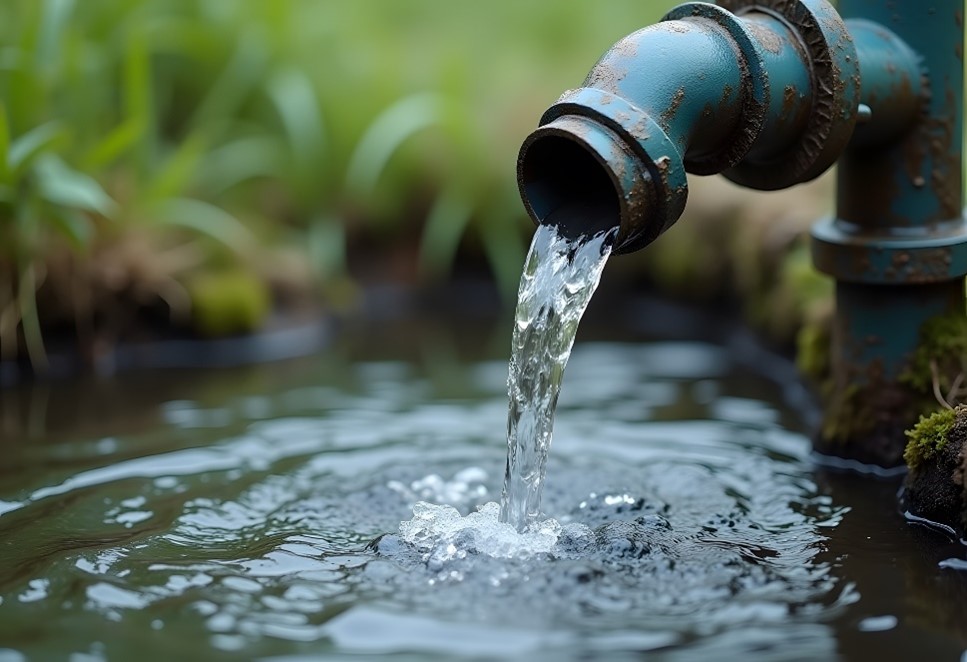Developing a groundwater watch list for substances of emerging concern: a European perspective

There is concern of the growing presence of unregulated anthropogenic substances, such as pharmaceuticals and PFAS, in European groundwater. The EU Groundwater Watch List (GWWL) was established, a voluntary initiative designed to identify and monitor substances that pose risks to groundwater quality. The GWWL was developed by researchers, regulators, and industry stakeholders to fill gaps in groundwater policy.
Development process
The watch list was established to collect data on contaminants that could affect groundwater bodies, thus informing the European Commission’s future policy decisions. The article discusses the multi-stage process used to identify and rank contaminants, which includes:
- Data Collection: Monitoring data on contaminants already detected in groundwater.
- Environmental Risk Assessment: Evaluation of a substance’s persistence and mobility, focusing on its ability to reach groundwater.
- Toxicity Evaluation: Prioritization based on potential human and ecological risks.
- Pilot studies on pharmaceuticals and per- and polyfluoroalkyl substances (PFAS) were conducted to test the methodology. Pharmaceuticals, such as carbamazepine and diclofenac, were commonly monitored, with varying detection rates across member states. For PFAS, compounds like PFOA and PFOS were found at significant levels in groundwater, emphasizing the need for targeted monitoring.
Needs and alignment
The article highlights the need for coordinated EU-wide monitoring efforts and the importance of using advanced analytical techniques to assess the presence of contaminants. The GWWL methodology is designed to be flexible and responsive to new substances, ensuring it remains relevant for future groundwater protection efforts. It also aims to align with the EU’s broader water protection legislation, such as the Water Framework Directive (WFD) and Groundwater Directive (GWD). The GWWL is expected to enhance public health, preserve groundwater-dependent ecosystems, and support economic growth by maintaining groundwater quality across Europe.
The study “Developing a groundwater watch list for substances of emerging concern: a European perspective” by D.J. Lapworth et al was published in Environmental Research Letters.
The GWWL established in June 2019 can be found here.
Ongoing implementation
In 2022 the GWWL was incorporated into the proposal for a directive amending EU Directives 2000/60/EC establishing a framework for Community action in the field of water policy, 2006/118/EC on the protection of groundwater against pollution and deterioration and 2008/105/EC on environmental quality standards in the field of water policy to oblige Member States to monitor substances of emerging concern to identify the need for further or stricter quality standards. The watch list of substances for which Union-wide monitoring data are to be gathered by the Member States shall contain a maximum of five substances or groups of substances. As soon as suitable monitoring methods for micro-plastics and selected antimicrobial resistance genes have been identified, those substances shall be included in the watch list. Currently, in 2024 the amending directive implementing the GWWL has not been approved by the EU ministers and Council. Negotiations are still ongoing.
EmConSoil coordinator
- Address
- Stationsstraat 110
2800 Mechelen
Route and accessibility - Telephone
- +32 15 284 284
